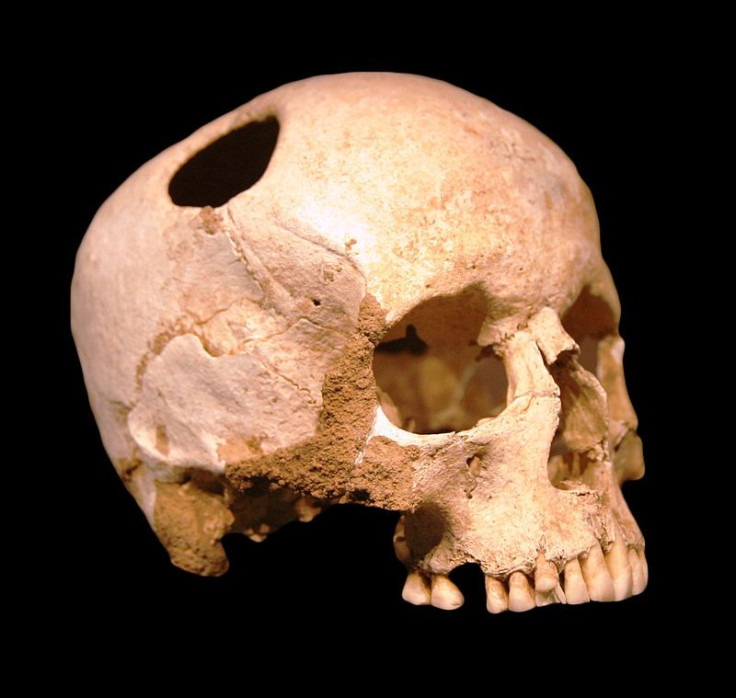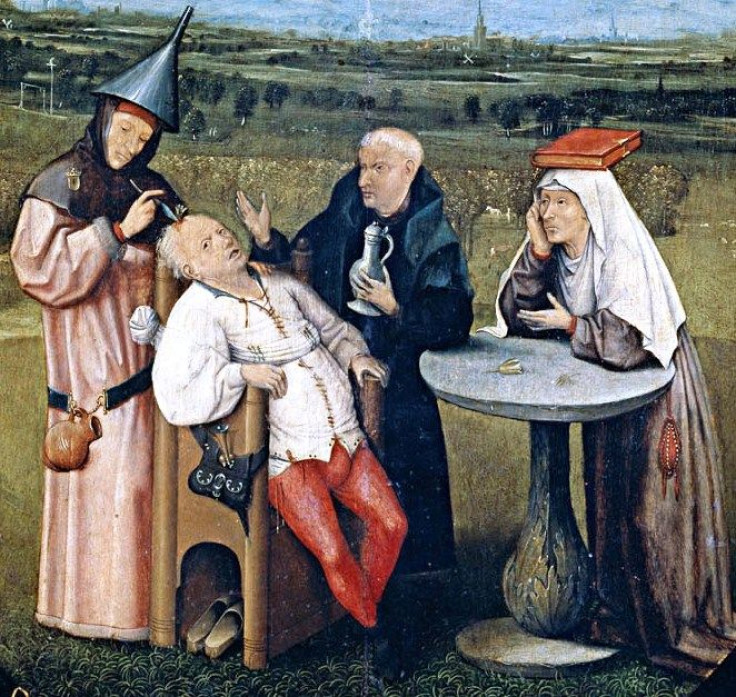Scientists Recreate Ancient Siberian Brain Surgery From 2,300 Years Ago: Trepanation, Or Drilling A Hole In Your Skull

Archaeologists have discovered three skulls in the Altai Mountains in Siberia which provided new insight into Siberian brain surgery techniques from nearly 2,300 years ago.
The skulls, which appeared to belong to members of the Pazyryk nomadic tribe, showed signs of the oldest brain surgery procedure known as trepanation. Trepanation is derived from the Greek word trypanon, which means “to bore.” In modern medicine, the most similar procedure to a trepanation is referred to as a craniotomy — which is when doctors temporarily remove bone to access the brain. However, the more primitive trepanation has been practiced among humans for thousands of years, and essentially involves drilling a hole into the head and removing a piece of the skull and leaving it like that, sometimes allowing skin to grow over. Trepanation dates back to prehistoric times and was practiced by the ancient Egyptians, Chinese, Indians, Romans, and Greeks — well into the Middle Ages and even modern times for various reasons.

In a new study, scientists from the Institute of Archaeology and Ethnography at the Siberian Branch of the Russian Academy of Science have recreated the ancient surgery for the first time, after discovering the actual steps they believe it involved. The researchers also noted that these prehistoric surgeons seemed to follow the Hippocratic Corpus — a set of medical ethics defined by the Greeks in 500BCE, meaning medical information had somehow travelled 5,000 miles.
“Honestly, I am amazed,” Aleksei Krivoshapkin, a neurosurgeon at the Institute, told the Siberian Times. “We suspect now that in the time of Hippocrates, Altai people could do a very fine diagnosis and carry out skillful trepanations and fantastic brain surgery.”
One of the skulls showed a hole that the researchers believe was cut in order to remove a blood clot from head trauma. Bone growth that seemed to develop after the operation showed that the man lived for years afterwards.
“All three trepanations were performed by scraping,” Krivoshapkin told the Siberian Times. “From the traces on the surface of the studied skulls, you can see the sequence of actions of the surgeons during the operations. It is clearly seen that the ancient surgeons were very exact and confident in their moves, with no traces of unintentional chips, which are quite natural when cutting bone.”
Amazingly enough, the most primitive version of trepanation is still done today among some circles who believe in its so-called spiritual effects, although there is very little scientific evidence to prove that it does anything to improve mental health or assist in reaching a higher level of consciousness. There was the story of the woman who drilled a hole into her own head and claimed it reduced her levels of anxiety fairly recently. But if you ask me, it's better to avoid drilling a hole into your own head despite the scattered claims that it "opens up your mind."



























